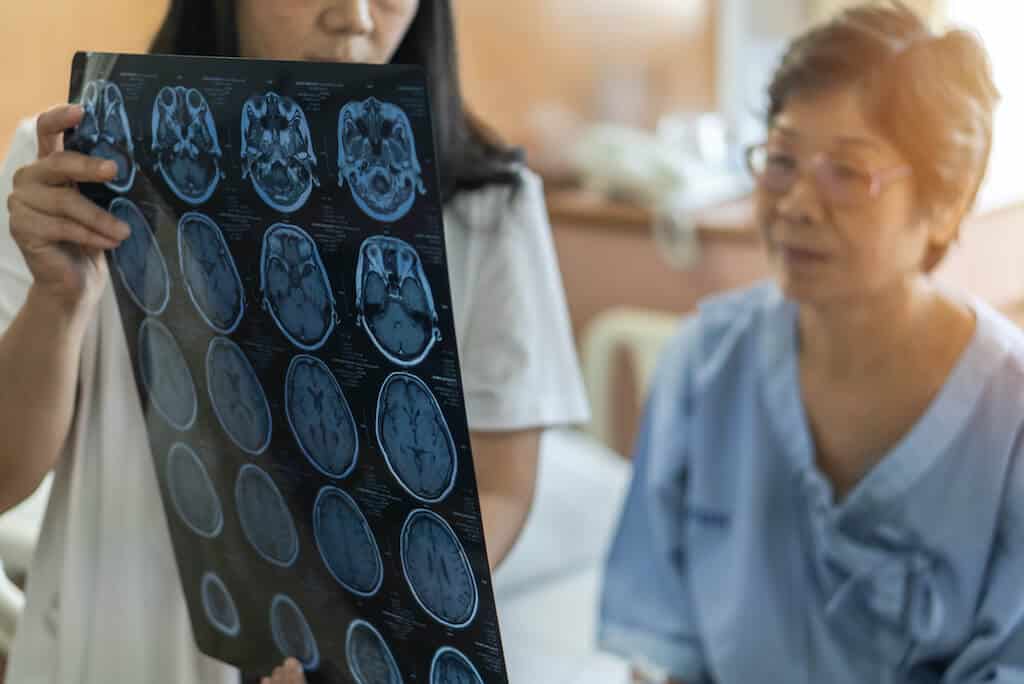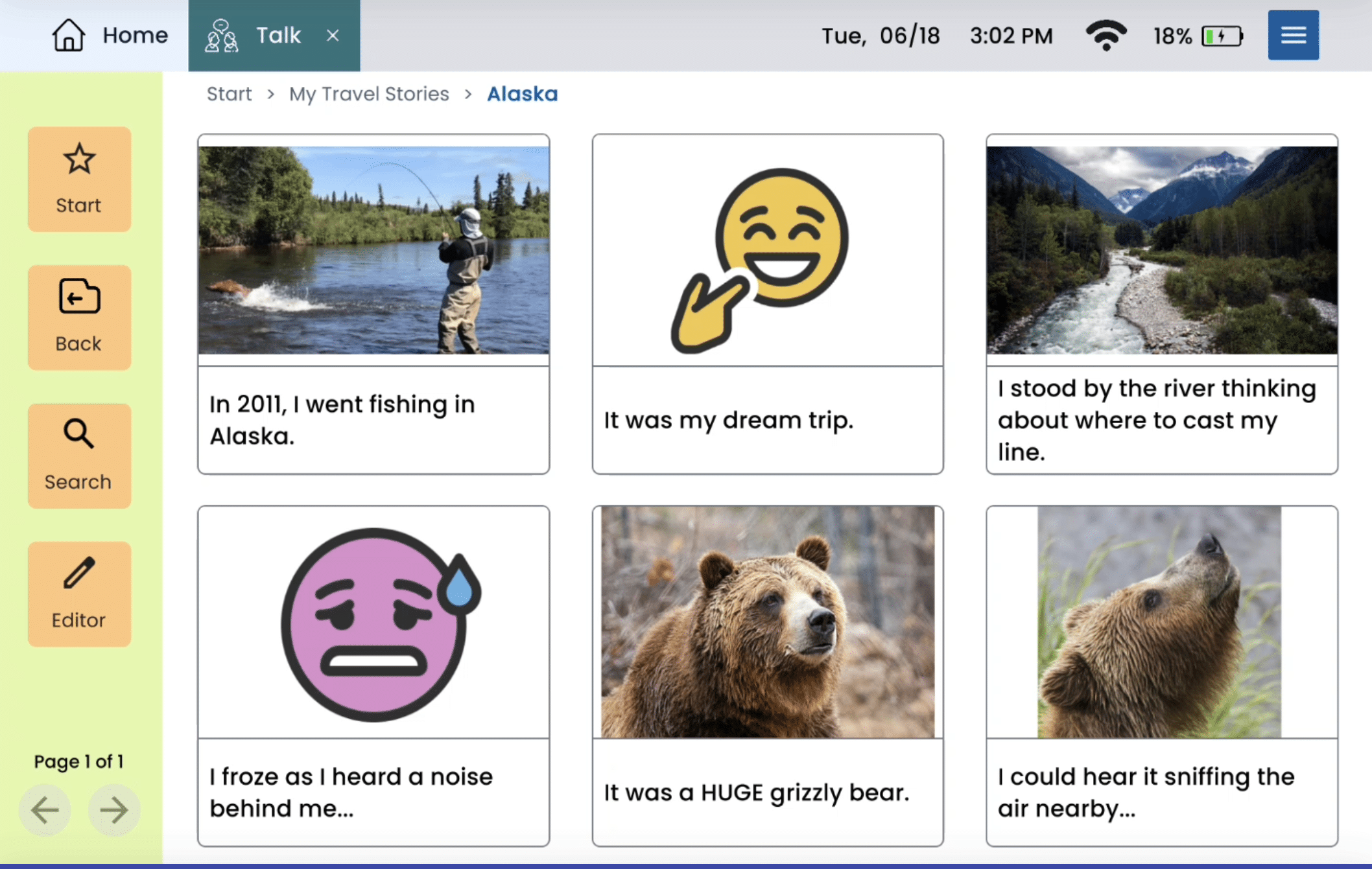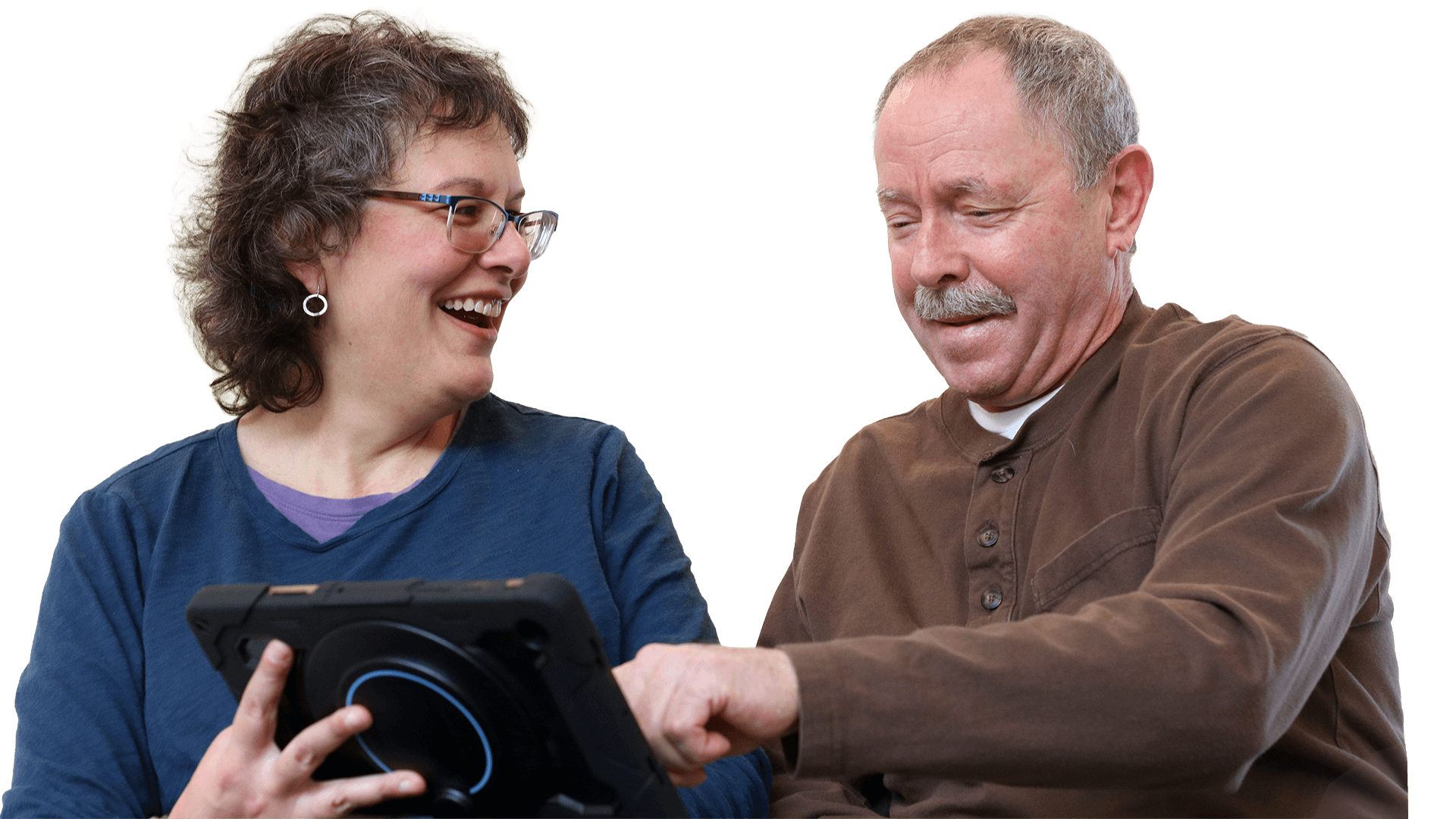
Everyone’s path in aphasia recovery is unique. For those of you who provide any level of care for someone with aphasia, there’s at least one common trait: You all want the best for whomever you’re caring for. Becoming an aphasia caregiver is not something that you can truly anticipate. Every day can often present new challenges and emotions. But as the days, weeks and months go on, that desire to see your loved one’s quality of life improve is a constant.
To see that recovery in real-time can be incredibly rewarding. Unfortunately, that recovery isn’t always as swift or obvious as you might hope. That often leads to added stress when you’re already facing a number of challenges as a caregiver.

Progress Is Rarely Linear
When we set out to improve, we often expect constant, linear progress. In reality, that’s not typically the case. Think of something you’ve improved at over time — maybe it’s your ability to play a musical instrument, your skills that allow you to excel at a job, or even how much you’ve grown as a caregiver. Daily progress is often imprecise, with a mix of good days, bad days and more often than not, average days. For caregivers who have seen their loved ones make progress in aphasia recovery over time, this too is typically what you will see.
Aphasia Recovery Varies
Aphasia is complex. A diagnosis can upend lives. One of the more common questions after a diagnosis is to ask if the individual will have a return to normalcy, and what that timeline might look like. The unfortunate reality is that aphasia recovery varies from individual to individual, and placing a timeline on recovery is challenging.
We do know that aphasia tends to be most severe immediately following a stroke or a brain injury, and recovery happens gradually. Sometimes a complete recovery occurs within months, and sometimes individuals will live their entire lives with aphasia.
Though we know that recovery will vary, studies show that improvement — even years after an aphasia diagnosis — is possible by using an augmentative and alternative communication (AAC) device.
Using an AAC Device to Avoid Plateaus
An AAC device is typically a computer or tablet used by individuals with language and speech impairments like aphasia that allows them to communicate with others. These devices come equipped with features like icons, words or phrases, or text input fields that someone with aphasia can tap, prompting the device to “say” the input aloud. The communication features on AAC devices are constantly expanding, allowing for new opportunities for people with aphasia to communicate.
Studies show that using AAC devices can be a successful way to make strides in communication. In one such study of a group with severe expressive aphasia, five months of using a Lingraphica AAC device led to demonstrated improvements in natural language for all individuals.
Improvement can be possible, whether it’s day one or day 1,000 in your loved one’s recovery from aphasia. An AAC device might be the tool that can help you see new strides on their way to attaining a higher quality of life.
About Contributor
Lingraphica helps people with speech and language impairments improve their communication, speech, and quality of life. Try a Lingraphica AAC device for free.













